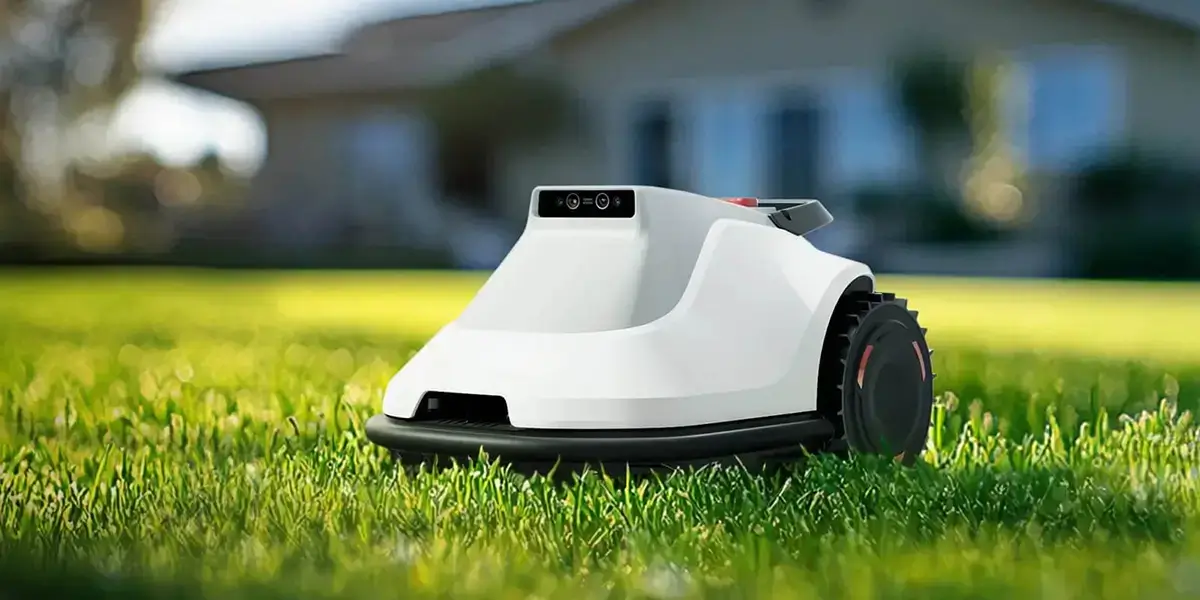Unlocking Precision and Power: The Ultimate Guide to Servo Motors and Drivers
In the rapidly evolving landscape of automation and robotics, few components have made as significant an impact as servo motors and their drivers. These powerful, yet precise machines transform the way industries approach manufacturing, assembly, and motion control, enabling tasks that once seemed impossible or prohibitively expensive. Today, we dive deep into the world of servo motors and drivers—exploring what they are, how they work together, and why they are the backbone of advanced motion systems.

What is a Servo Motor?
At its core, a servo motor is a specialized electric motor designed to provide precise position control, velocity, and torque. Unlike conventional motors that simply deliver continuous rotation and power, servo motors are equipped with feedback mechanisms—usually encoders or resolvers—that constantly relay information about their position back to a controller. This closed-loop system allows the servo motor to adjust its movement dynamically, ensuring high accuracy and responsiveness.
Imagine a robot arm reaching out to pick up an object. Without the precision offered by servo motors, such accuracy would be nearly impossible. Their ability to precisely position an output shaft within fractions of a degree is what makes them so vital in applications like CNC machinery, robotic arms, camera autofocus systems, and even camera gimbals.
Types of Servo Motors
Servo motors can be broadly categorized into two main types: AC servo motors and DC servo motors. Each offers unique advantages suited to different applications.
AC Servo Motors: Known for their durability and ability to operate at higher speeds, AC servo motors are often used in industrial settings. They maintain excellent torque consistency at various speeds and are generally more robust with longer service lives.
DC Servo Motors: These are favored for their finer control and better torque at low speeds. They can run on various voltage supplies and are easier to control in terms of voltage input, making them ideal for smaller or more precise systems.
Moreover, servo motors come in various forms—brushless or brushed—each with specific benefits. Brushless DC (BLDC) motors, for instance, produce less wear and require less maintenance, which is why they are popular in high-precision applications.
Understanding the Role of a Servo Driver
While the servo motor is the actuation device, the servo driver—or servo amplifier—is its control unit. Think of it as the brain that dictates how the motor should behave based on commands from a host controller—like a PLC, microcontroller, or computer.
The servo driver receives the signal—often a PWM (Pulse Width Modulation) or analog command—and interprets it to provide the electrical power necessary to the motor. It adjusts the voltage and current dynamically, based on feedback from the motor, to achieve the desired position, speed, or torque.
This close collaboration between motor and driver defines the system’s performance: rapid response times, smooth acceleration and deceleration, and finely tuned control over movement. High-quality servo drivers also include features like overload protection, thermal monitoring, and adjustable gain settings, which help extend the lifespan of the entire system.
How Do They Work Together?
The harmony between a servo motor and its driver is essential. When a control system sends a command—say, "rotate to 90 degrees"—the driver energizes the motor accordingly. As the motor moves, the encoder continuously feeds back real-time positional data. The driver compares this data to the target position, adjusts the power supplied, and compensates for any external disturbances or load changes.
This rapid, dynamic feedback loop enables servo systems to perform complex, high-speed movements with pinpoint accuracy. They can accelerate quickly, stop precisely at predefined points, and maintain their position under varying loads—all crucial in high-stakes industrial environments.
Applications Transforming Industries
Servo motors and drivers are at the heart of many revolutionary applications:
Manufacturing & Automation: From robotic assembly lines to pick-and-place machines, servo systems enhance speed, accuracy, and reliability.
Robotics: Humanoid robots, drone stabilizers, and automated guided vehicles depend on servo drives for smooth, precise movements.
CNC Machining: High-performance milling and cutting machines rely on servo systems to achieve micron-level precision.
Medical Devices: Imaging equipment, surgical robots, and diagnostic machinery achieve their capabilities through servo-driven precision.
Entertainment & Media: Camera rigs, film production equipment, and stage lighting often utilize servo motors for dynamic, accurate positioning.
The influence of servo motors and drivers extends beyond traditional manufacturing, permeating consumer electronics, aerospace, and even renewable energy farms where precise positioning of solar panels and wind turbines is critical.
Choosing the Right Servo System
Opting for the perfect servo motor and driver combination depends on multiple factors—load requirements, speed, accuracy, environmental conditions, and budget, to name a few.
Performance Specifications: Identify your required speed, torque, and accuracy parameters.
Size & Power: Consider the physical space and power supply limitations.
Control Features: Ensure compatibility with your existing control systems; features like multiple feedback options or built-in communication protocols (EtherCAT, CANopen, EtherNet/IP) can streamline integration.
Durability & Maintenance: For industrial environments prone to dust, moisture, or temperature fluctuations, choose robust systems with adequate protection ratings.
In the next installment, we'll explore the latest technological advancements in servo motors and drivers, including smart features, integration with IoT, and future trends shaping their evolution.
Kpower has delivered professional drive system solutions to over 500 enterprise clients globally with products covering various fields such as Smart Home Systems, Automatic Electronics, Robotics, Precision Agriculture, Drones, and Industrial Automation.




































